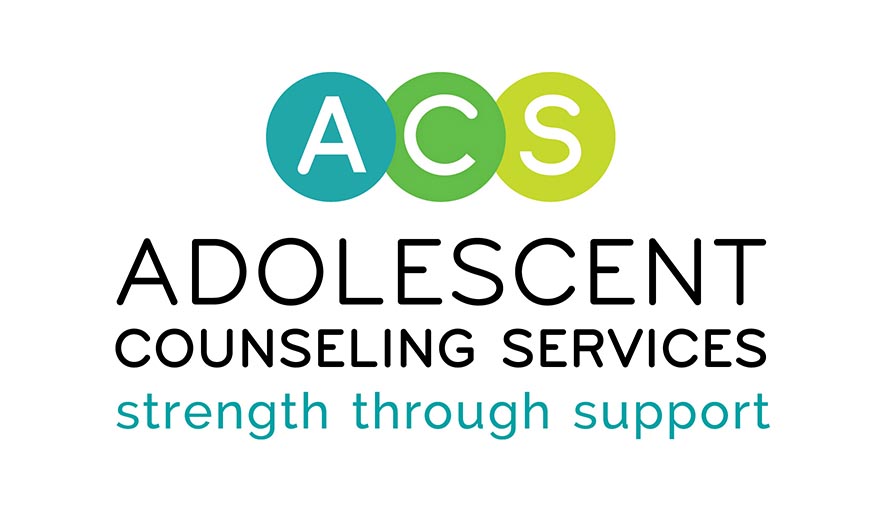
Pronouns and Why They Matter
Written By: Brittani DeCloedt, Clinical Intern at ACS, On-Campus Counseling Program
PRONOUNS: AN EXPLAINER
Pronouns are used in everyday language in reference to people and things. In the English language, the pronouns used most frequently are: I, you, she, her, he, him, they, and it. “I”, “you”, “they”, and “it” would be considered gender neutral, but “she”, “her”, “he”, and “him” are gendered (Heisler, 2019). So, when we speak in third person, pronouns tend to imply the gender of a person. These gendered pronouns can create conflict for transgender and gender nonconforming individuals, because others may not use the correct pronouns when referencing them. Pronouns matter because they indicate how others perceive us, and it can be a hurtful experience for someone when the wrong pronoun is used by others. This is called misgendering.
Gender Neutral Pronouns
Some people use gender neutral, or gender inclusive, pronouns such as they/them and ze/hir (Heisler, 2019). Okay, yes, I’m sure you were taught in school that using “they” to refer to only one person is grammatically incorrect. However, there are plenty of instances where “they” is used as a singular pronoun, you just may not have noticed. For example, let’s say a friend answers your phone for you and you don’t know the gender of the caller. You might ask your friend afterwards, “Did they leave a message?” Moreover, “they” was recently added to the dictionary as a singular pronoun. Despite what you may have learned in the past, “they” is grammatically correct and completely appropriate when referencing an individual (Gardiner, 2016).
Though they/them/theirs is the most common of the gender neutral pronouns, there are other options. For example, the pronouns “ze” and “hir” (pronounced /zee/ and /heer/) may be new to most people, but don’t be afraid, it just takes practice to incorporate them into your daily language. This is how they would be used:
“Chanel is the smartest person in class, and ze is also the youngest.” “Eli is going to take hir dog for a walk. I will join hir.”
See, it’s not so difficult! You’re only changing two words in your language in order to properly reference another person. There are other gender inclusive pronouns that individuals might use, but don’t get caught up on trying to remember all of them.
Respecting Peoples’ Pronouns
What if you mess up? Don’t worry! Outlet’s Program Director, Ryan Fouts, has the formula for what you need to do:
- Acknowledge the mistake
- Correct yourself
- Move on
Lingering on your mistake takes the experience away from the individual you are talking about and sets the focus on you and your mistake. We don’t need to shine the light on every mistake you make. Just be polite, follow the formula and continue with your day.
How are we supposed to know what pronouns a person uses? This cannot be answered by simply looking at someone’s physical appearance. The only way to get the answer is by asking someone what their pronouns are. “Asking someone’s pronouns means asking someone what the most respectful way to refer to them is, if you’re not using their name” (Heisler, 2019). However, you don’t want to single people out and ask only those who you perceive to be transgender or gender nonconforming.
A way to be inclusive in asking about pronouns would be to incorporate pronouns into your everyday language. For example, when meeting someone for the first time, one could introduce themselves as “Hi, I’m Brittani and my pronouns are ‘she’, ‘her’, ‘hers’.” This invites others to share their pronouns as well, and if someone asks why you shared your pronouns, you can share what you’ve learned here!
References
Gardiner, S. (2016). Column: He, she, they? Why it’s time to leave this grammar rule behind. PBS News Hour. Retrieved from: https://www.pbs.org/newshour/education/column-he-she-they-grammar-rule
Heisler, R. (2019). What the Heck is a PGP? (Rev. ed.). GSAFE. Retrieved from: https://www.gsafewi.org/wp-content/uploads/Why-Pronouns-Matter.pdf
